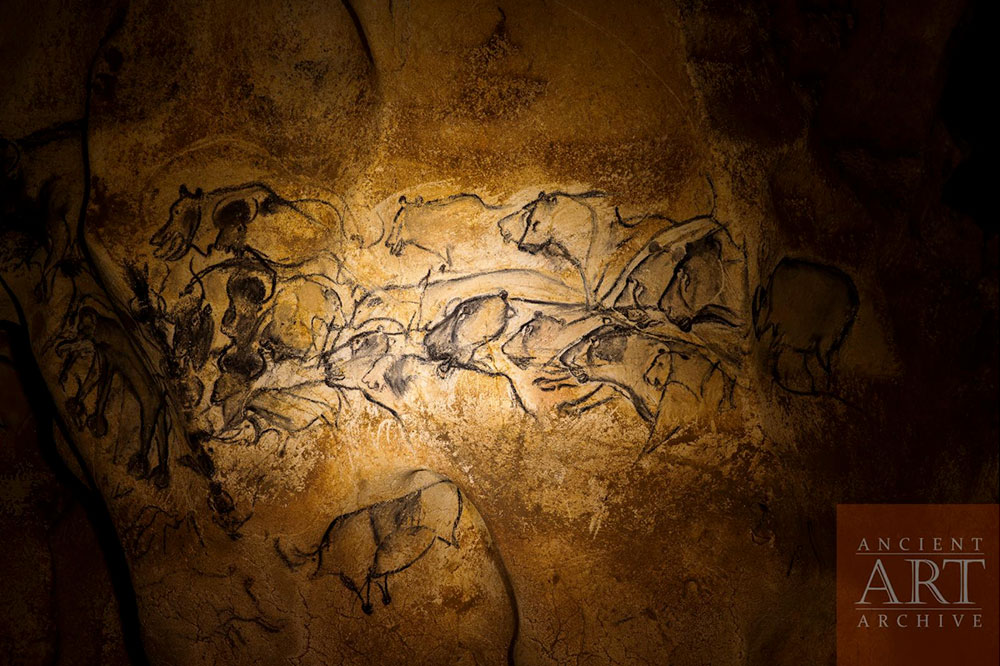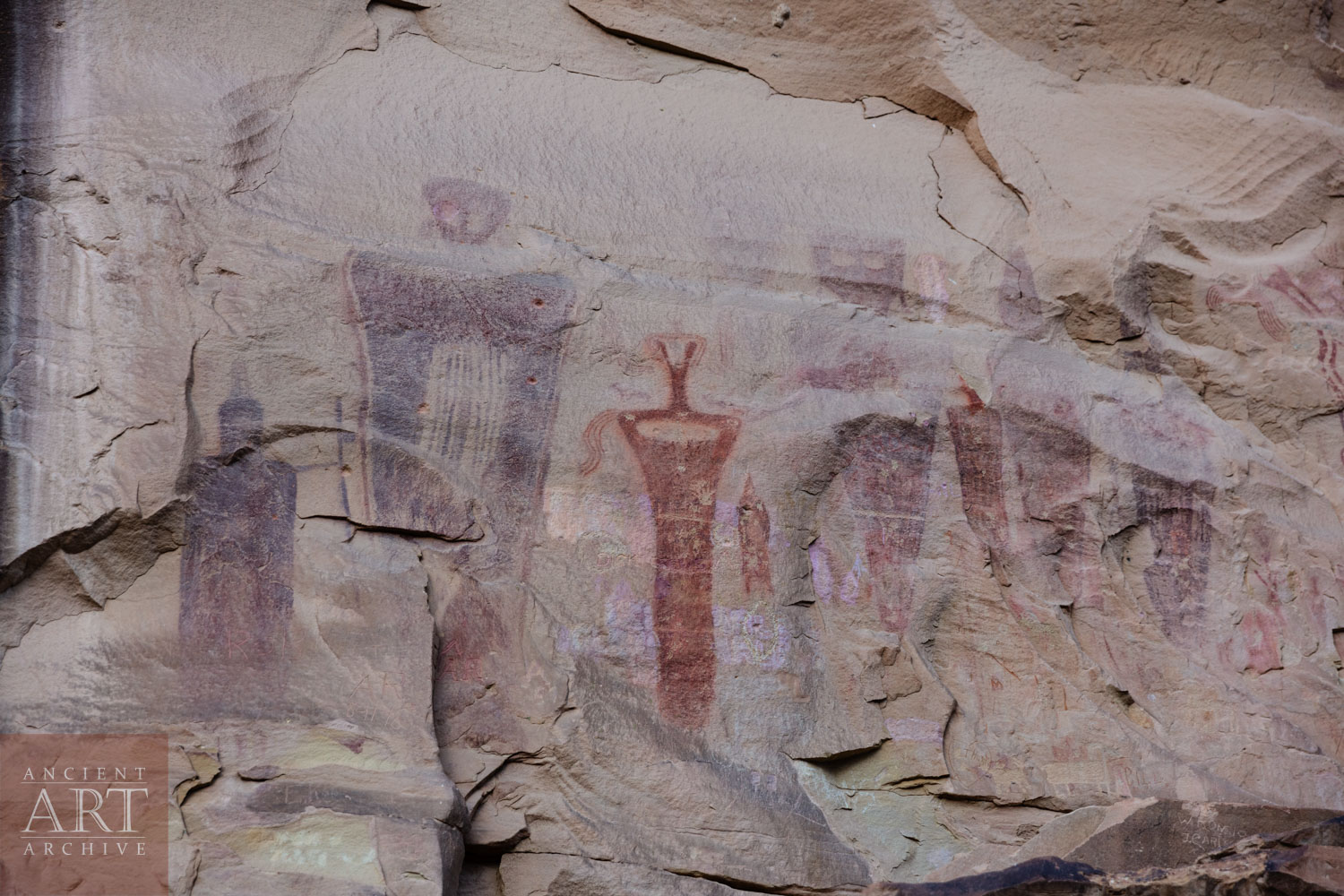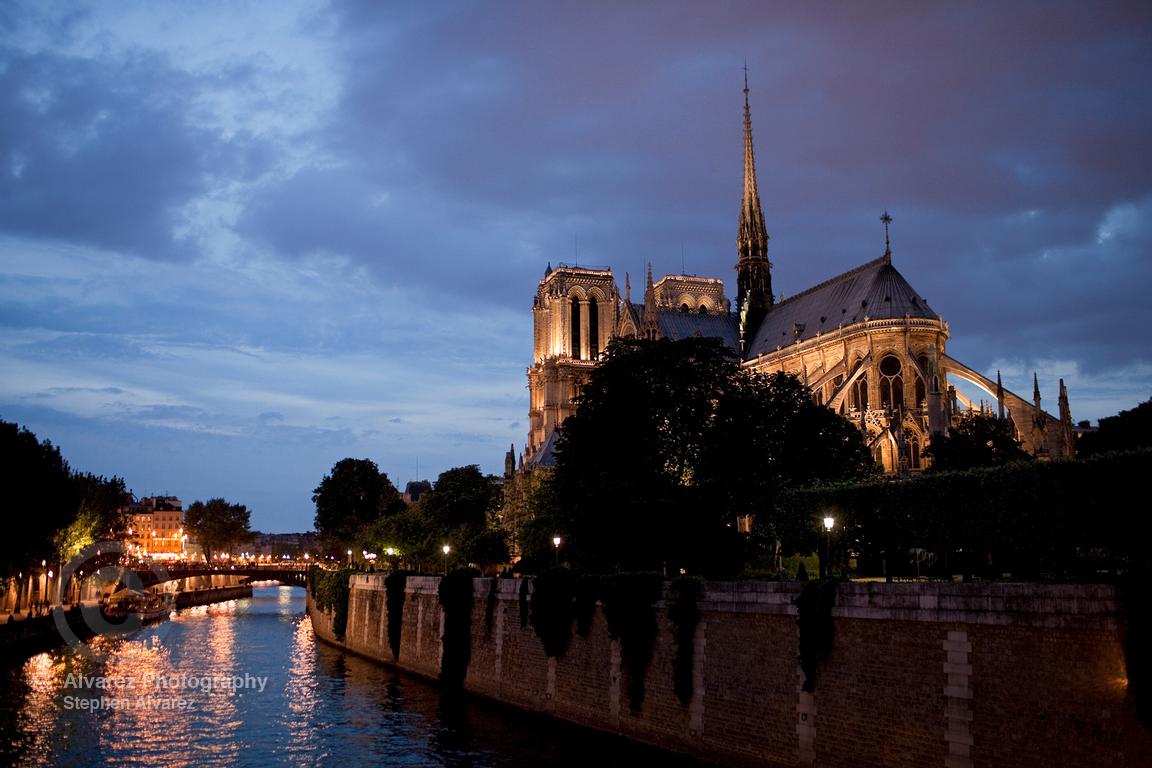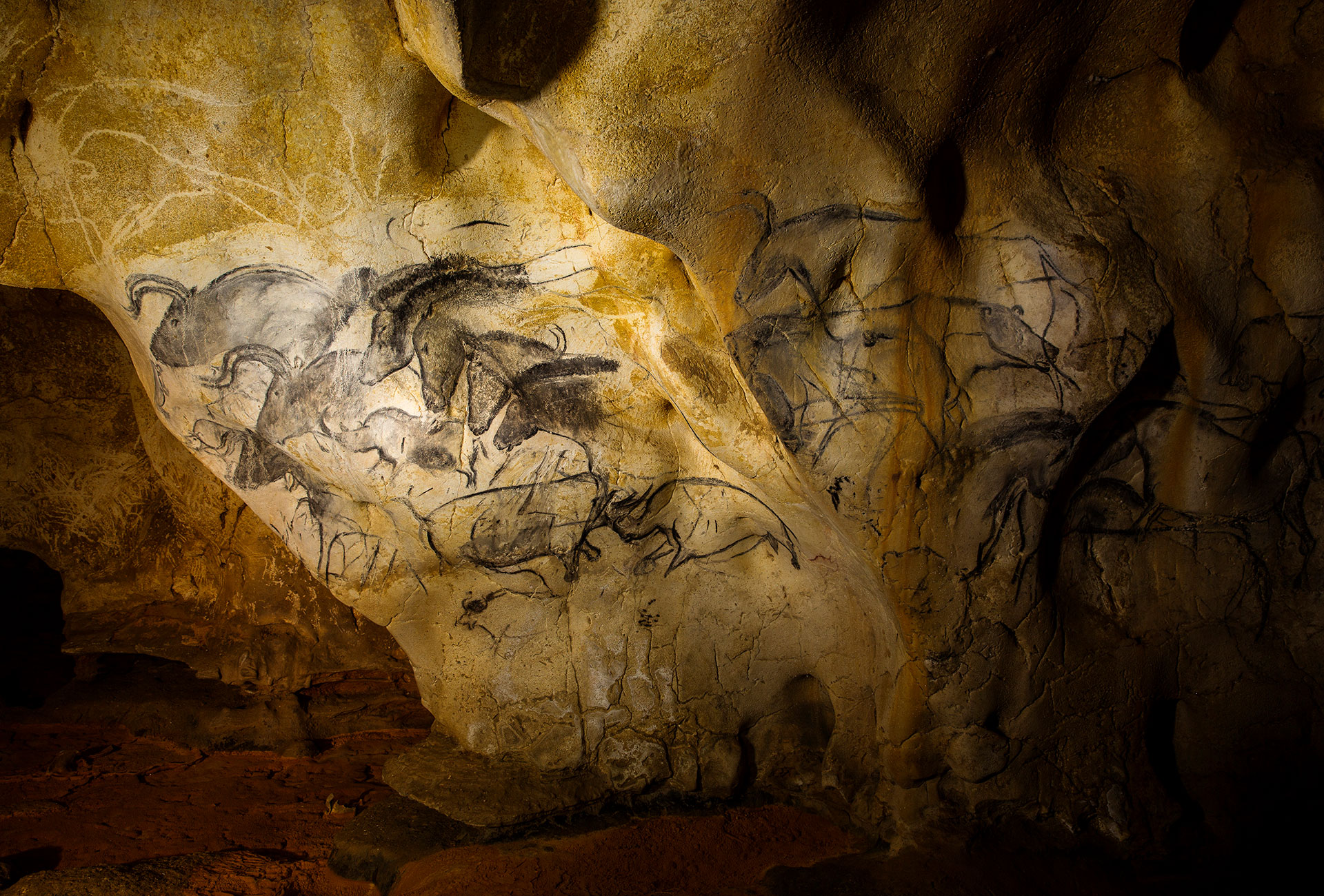“Our brains have remained hardwired for abstraction since the dawn of mankind.”
-Genevive Zacconi
The saying “Everything old is new again” often refers to fashion trends of preceding decades coming back into popularity, but in the world of art, this statement applies not only to the span of decades but to centuries and even millennia. Renaissance artists, for example, sought to revive the aesthetic ideals of realism and anatomical accuracy of classical antiquity, and later, neo-classicists of the 18th-19th centuries based their work upon both of those prior eras. In the modern art movements to follow in the 20th Century, however, the themes that resurfaced were quite different. Bucking the conventions of naturalism and narrative, abstract artists such as Brancusi, Miro, and Picasso began re-exploring the simplified forms commonly found in prehistoric artwork.
Pablo Picasso was particularly engaged in the study of ancient cultures, and starting with his so-called Primitivist period, he integrated stylistic elements of traditional African art, early European sculpture, and petroglyphs into his work. Not surprisingly, he was a collector of antiquities, and he kept replicas of prehistoric works in his studio, including at least two figurines of the 25,000-year-old Venus of Lespugue. The exaggerated characteristics of this artifact, and other Upper Paleolithic female statuettes, including the more well-known the Venus of Willendorf, strongly resemble some of Picasso’s sculptures, such as La femme enceinte and Woman with Vase.
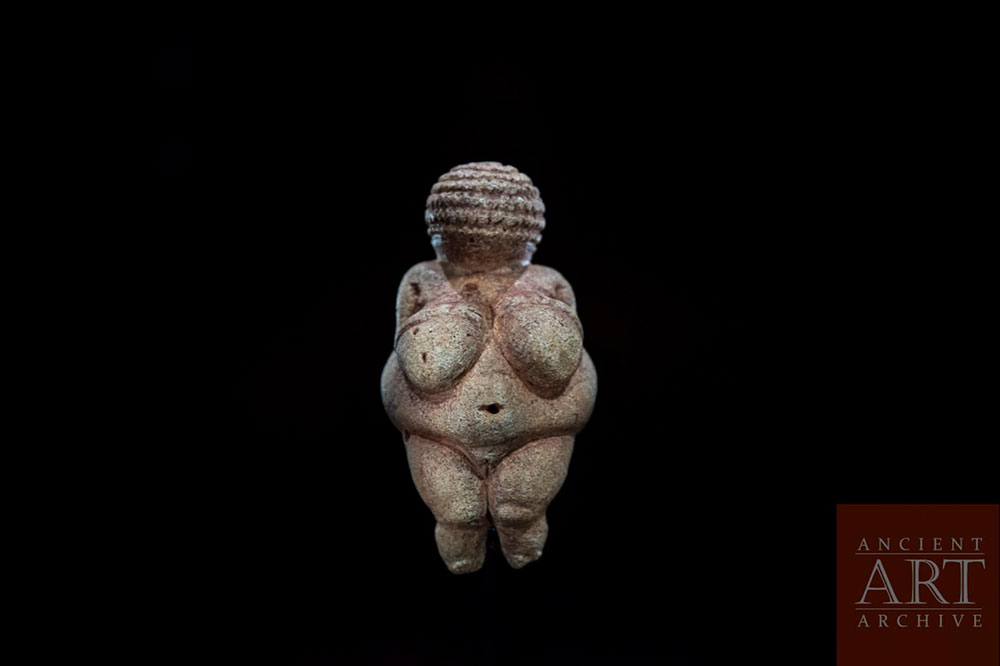
There are also accounts that in the 1940s Picasso visited Spain’s Altamira Cave to view the site’s Stone Age paintings, and he is said to have expressed his astonishment with the words “We have invented nothing.” Although the quote may be apocryphal, his admiration of this site seems probable when comparing Altamira’s bison painting with Picasso’s Bull series from 1945.
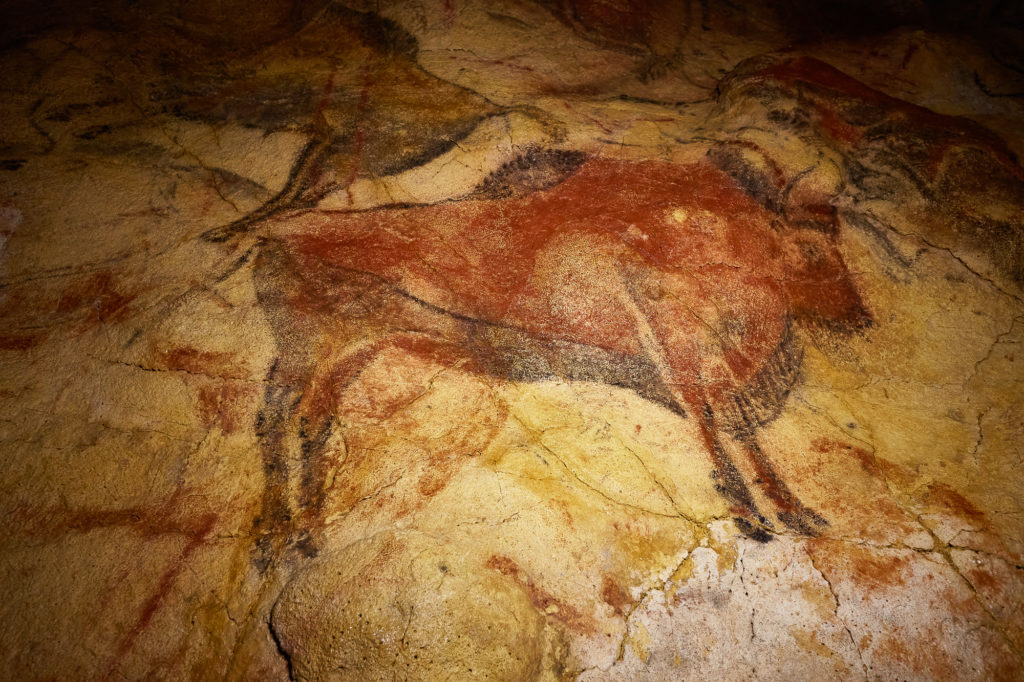
Altamira is not the only case of prehistoric cave paintings correlating to the work of Picasso. There are major parallels in the art of France’s Chauvet Cave, even beyond the site’s distinct emphasis on outlines and stylized forms. Documentarian Werner Herzog, who was granted unprecedented access to film in Chauvet, remarked about the cave’s minotaur depiction:
“There is a rock pendant [portraying] the lower part of a female nude, and there’s a bison hovering over this partial female body, almost embracing this body. Tens of thousands of years later… you have Picasso making a whole series of etchings of the Minotaur and the woman. It’s very mysterious, a motif we find in modern art having its origins 32,000 years ago.”
-Werner Herzog
Extraordinarily, there are also images in Chauvet that depict a singular subject in multiple frames of view: a concept that re-emerged in the early 1900s as the fundamental basis of Cubism, a movement that Picasso is credited as father. As one of the most influential styles of the 20th Century, this means of expression provided modern artists with groundbreaking ways to treat visual reality, and served as the foundation of many later styles. The Proto-Cubists combined multiple planes to show one object from several angles, as if the viewer were moving around the subject; later, as Cubo-Futurism developed, artists used various frames to portray the movement of the subject itself.
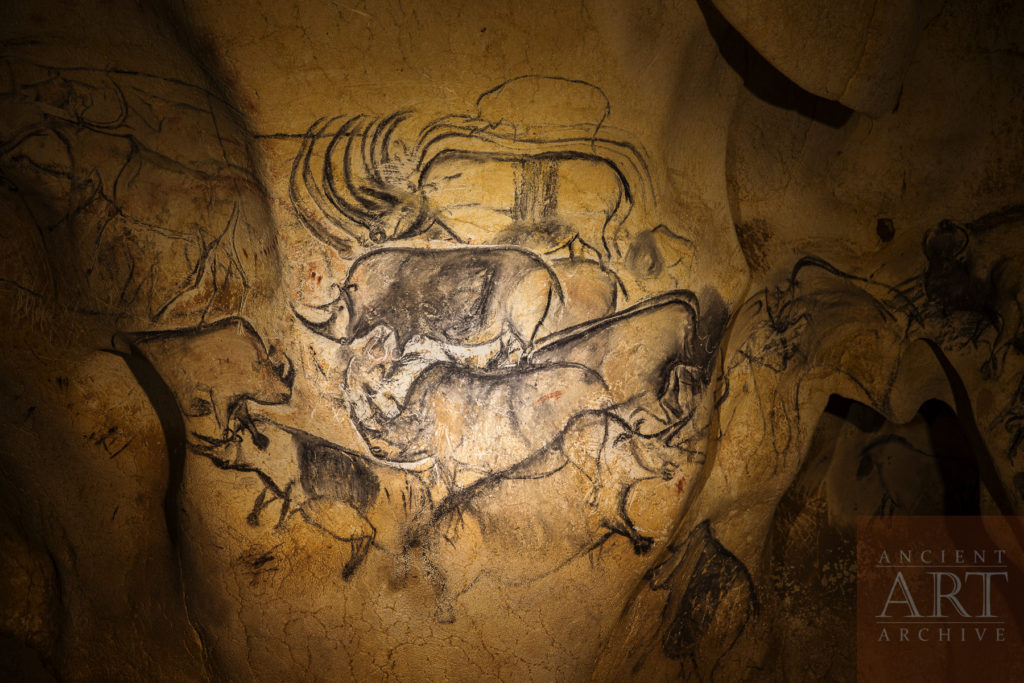
When examining Chauvet through the Cubist lens, we find a painting of a bison with eight legs, displaying the animal’s limbs in varied positions. In the rhinoceros panel, the rhino at the top has seven horns and four separate outlines for its back, suggesting motion via the repetition of form. Paintings such as these bear a striking commonality with the way artists involved in the Cubist movement employed this technique, as seen in Duchamp’s 1912 Nude Descending a Staircase.

The most bewildering aspect of these similarities is that Picasso never saw Chauvet, having died in 1973, nearly 20 years prior to the cave’s discovery in 1994. Although, in his works, there are clear traces of prehistoric influences that were known to him, how is it that Picasso developed a style which resembles paintings he had never seen?
There is a common occurrence within the scientific community called multiple discovery or simultaneous invention, wherein numerous scientists working independently of one another make the same discovery at the same time. This concept is not limited to the field of science. Culturally, it appeared on a massive scale in the first agricultural revolution, when at least 11 separate regions around the globe made the leap from hunter-gatherers to farmers during the Neolithic period. In art history, we see cases of unconnected contemporaneous artists making simultaneous discoveries as well. An example of this from the prehistoric period would be the Venus figurines cited earlier, dated between 20-30,000 BC, which share similar traits, but were created by cultures that were not in contact with one another. The phenomenon is attributed to exposure to identical stimuli and information, leading to similar responses in individuals. It is reasonable then to postulate that under the right circumstances, multiple discovery can also occur asynchronously when the parties are not only separated by geography, but also by vast spans of time.
It would seem that rather than being a matter of simple coincidence, the aesthetics, subject matter, and Cubist concepts linking Chauvet and Picasso are due to his immersion in other artworks of the era, resulting in a curiosity that could be more accurately defined as non-contemporaneous multiple discovery. Moreover, this modern manifestation sheds light on similarities we share with of our early ancestors. The fact that humans can create and appreciate these like concepts so many millennia apart is evidence that our brains have remained hardwired for abstraction since the dawn of mankind. Distortion and repetition of form, employed to highlight key features, is visually engaging at Chauvet in the same way it is in a Picasso painting. As this and other themes in art have disappeared then resurface throughout time, we must ask ourselves if there are set parameters for the imagery that we find appealing—perhaps nothing in art is truly new, but there are only principles yet to be rediscovered. If Picasso did indeed feel that “We have invented nothing,” after visiting Altamira, one can only imagine how the paintings of Chauvet would have moved him.
